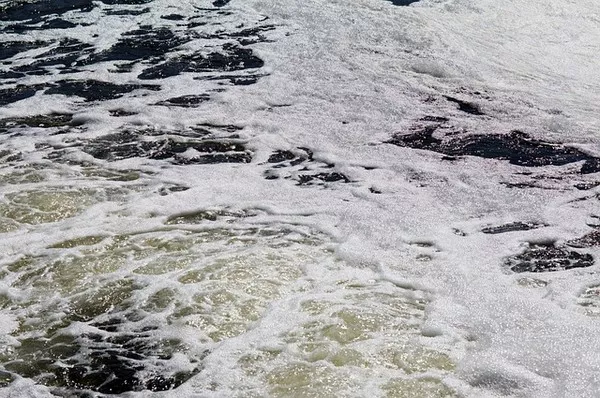Sewage treatment plants play a crucial role in maintaining environmental sustainability, and this significance extends to the maritime industry. Ships, whether large cargo vessels or luxurious cruise liners, are equipped with sewage treatment plants to manage and treat wastewater generated on board. This article delves into the importance of sewage treatment plants in ships, their components, and the environmental impact of their operation.
Importance of Sewage Treatment Plants in Ships:
Sewage treatment plants in ships are designed to address the environmental concerns associated with the discharge of untreated wastewater into the open sea. The maritime industry, recognizing its responsibility towards environmental preservation, has adopted stringent regulations to ensure that ships comply with wastewater treatment standards.
The primary purpose of sewage treatment plants on ships is to prevent the release of harmful pollutants and pathogens into the marine environment. Wastewater generated on board includes not only human waste but also wastewater from galleys, laundries, and other shipboard activities. Without proper treatment, this wastewater could pose serious threats to marine ecosystems and public health.
Components of Sewage Treatment Plants in Ships:
Collection System: The collection system gathers wastewater from various sources on the ship, including toilets, sinks, showers, and other facilities. The collected wastewater is then directed towards the treatment plant for processing.
Screening and Separation: The sewage undergoes an initial screening process to remove larger solids, such as debris and other non-dissolvable materials. This step ensures that the subsequent treatment processes can efficiently handle the liquid waste.
Biological Treatment: One of the key components of sewage treatment plants is the biological treatment stage. Here, microorganisms are employed to break down organic matter present in the wastewater. Aerobic and anaerobic processes are commonly utilized to facilitate the decomposition of organic pollutants.
Disinfection: After biological treatment, the wastewater undergoes disinfection to eliminate any remaining harmful microorganisms. This is often achieved through the use of chemicals like chlorine or ultraviolet (UV) radiation. Disinfection ensures that the treated water meets the required quality standards before discharge.
Filtration: Filtration is employed to remove any remaining suspended solids from the treated wastewater. This step enhances the clarity and purity of the water, making it suitable for discharge into the sea.
Sludge Treatment: The solids separated during the screening and biological treatment stages form sludge. Proper management and treatment of this sludge are essential. Various methods, including dewatering and drying, are employed to reduce the volume of sludge and render it environmentally safe for disposal.
Environmental Impact and Regulations:
The operation of sewage treatment plants in ships significantly reduces the environmental impact of wastewater discharge. Untreated sewage contains nutrients that can lead to algal blooms, oxygen depletion, and harm to marine life. The stringent regulations governing maritime wastewater discharge, such as the International Maritime Organization’s (IMO) MARPOL Annex IV, aim to minimize these environmental risks.
MARPOL Annex IV sets standards for the discharge of sewage from ships, categorizing areas into “Special Areas” where more stringent regulations apply. Ships are required to treat sewage before discharge in these designated zones, further emphasizing the importance of onboard sewage treatment plants.
In addition to international regulations, many coastal states have implemented their own rules to protect their waters from pollution. Ship operators must be aware of and comply with these regulations, reinforcing the maritime industry’s commitment to environmental responsibility.
Challenges and Future Developments:
While sewage treatment plants have become standard equipment on modern ships, challenges still exist. The limited space available on vessels poses design and engineering challenges, necessitating compact and efficient treatment systems. Additionally, the need for regular maintenance and trained personnel to operate these systems highlights the ongoing commitment required for effective wastewater management.
The future of sewage treatment in ships may see advancements in technology, such as more compact and energy-efficient treatment processes. Research and development efforts are focused on improving the sustainability and effectiveness of wastewater treatment in the maritime industry.
See Also What Are The 2 Types Of Sewage Treatment Plant
Conclusion:
Sewage treatment plants in ships play a vital role in preserving marine ecosystems and safeguarding public health. The adoption of advanced wastewater treatment technologies and compliance with international regulations underscore the maritime industry’s commitment to responsible environmental practices. As the industry evolves, ongoing research and innovation will continue to improve the efficiency and sustainability of sewage treatment in ships, ensuring a cleaner and safer maritime environment for future generations.

